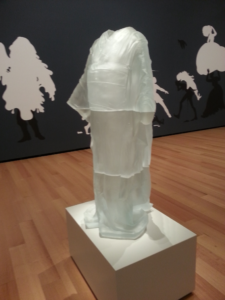

This is a copy of the paper from this same author describing in detail the electrode that he made for ear stimulation. But it has a lot of other information about the theory and applications of using transcutaneous auricular vagal nerve stimulation for various conditions.Usichenko tavns electrode et al. VSEPs disappear under NM-block. Brain Stimul 2013
“Vagal nerve stimulation (VNS) is recommended by the Food and
Drug Administration as an adjunctive therapy for epilepsy and
medication-resistant major depression [1]. VNS is promising as
a potential treatment for sleep and anxiety disorders, cognitive
deficits of the Alzheimer’s disease and chronic pain [2,3]. The
invasive VNS approach, using implanted battery-powered generators,
has several disadvantages: it requires repeated surgical intervention
for the implantation of the stimulator and electrodes,
battery replacements or a dysfunction of the electronic equipment
[4]. An alternative method of transcutaneous vagal nerve
stimulation, recently shown to produce a mood enhancing effect in
healthy volunteers [5] and antinociceptive effects in patients with
chronic pelvic pain [6], is based on anatomical data on cutaneous
representation of the vagal nerve. The auricular branch of the vagal
nerve supplies the external acoustic meatus and the concha auricle
[7]. Experimental data suggest that cutaneous stimuli of this region
are transported via the auricular branch of the vagal nerve into the
medulla oblongata and to the nuclei tractus solitarii [8], whereas
the stimulation of peripheral regions of the auricle (helix) is mainly
transmitted to the spinal ganglia of the cervical nerves [9].”

